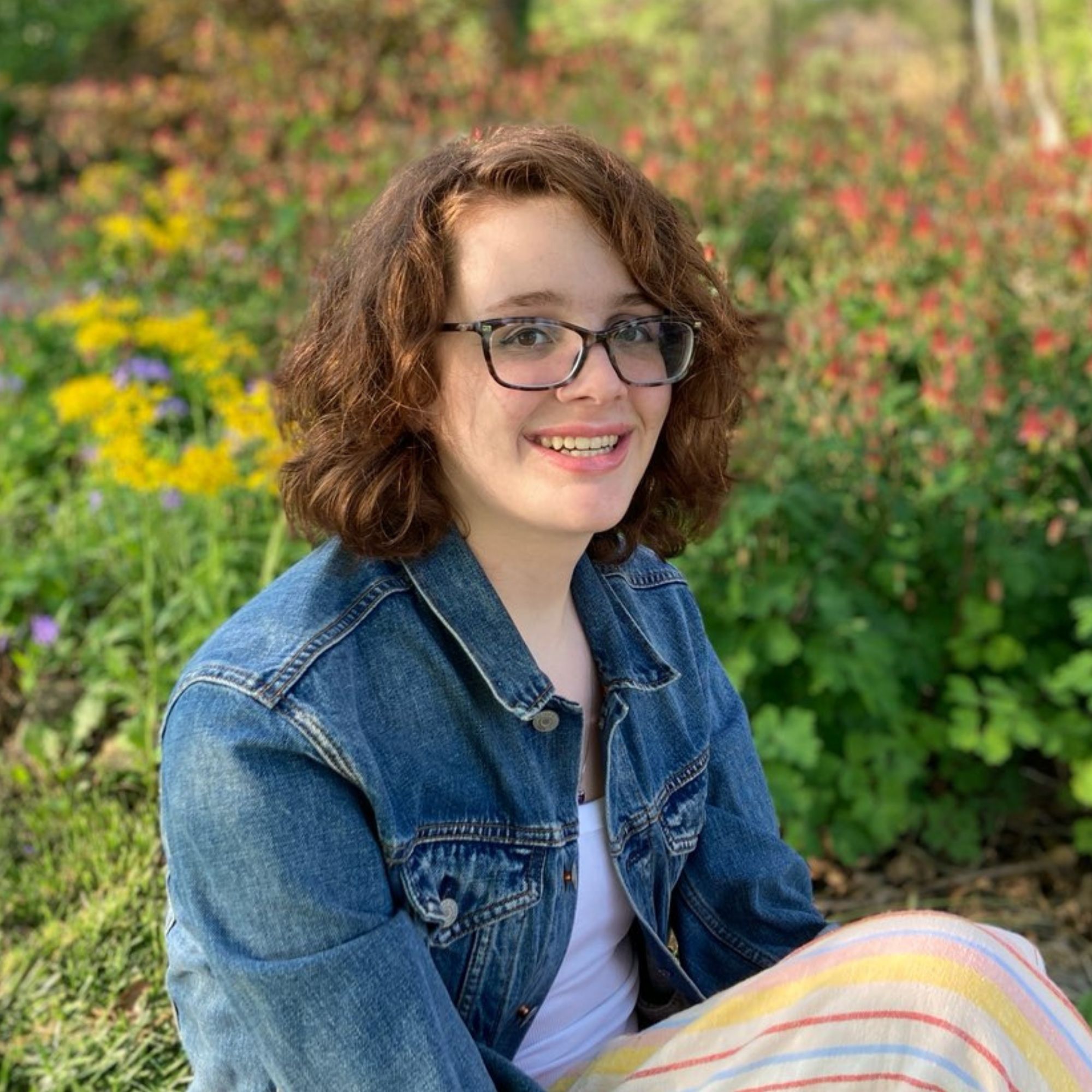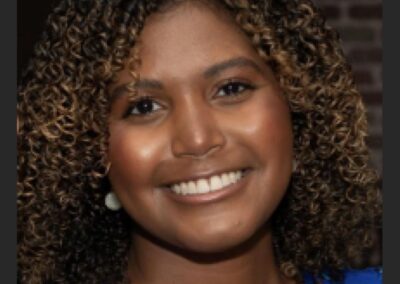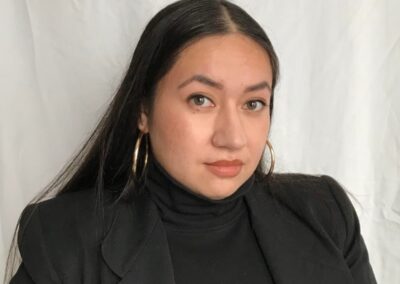She/Her
One of the most persistent issues plaguing climate policy in the United States has been its seeming inability to adapt to local and community needs. Throughout the Climate Action Plan project, I spoke to a wide range of community members at KU and in Douglas County writ large. In particular, I spoke to several attendees at the Sunrise Movement community meals hosted near downtown Lawrence. My time in the community revealed two related key themes: firstly, any climate adaptation strategies adopted by the CAP must put community-building and community education at the forefront, with a special focus on bridging “mainstream” climate science with indigenous voices and knowledge. Secondly, the strength of that community spirit, and the input of the community, must be prioritized over other competing interests when developing adaptation strategies.
Some of my most interesting interviews were with people who denied or were skeptical about climate change. These people were often extremely educated and critical about issues outside of climate change: one was a PhD student studying physics at KU. His and others’ ignorance on climate issues is striking but not unexpected; one interviewee said that he felt “overwhelmed” by the conflicting information surrounding climate change, and “didn’t know who to believe.” His confusion reflects a broader issue with climate science: no matter how conclusive the scientific consensus on climate change is, the sheer amount of propaganda polluting the discourse can make it hard for even extremely educated people to sort through it all. The key to fighting back against this misinformation is strong community bonds. People are more likely to believe their friends and neighbors than scientists they have never met, which means the key to fighting climate skepticism is to build strong communities around the issue of climate.
In the same vein, I also spoke to an expert on indigenous and sustainability issues, who asked to remain anonymous. The expert emphasized the importance of community in adapting to climate change. They argued that climate change is analogous to a disaster scenario, and that the most effective disaster responses always center community decision-making and autonomy. This source emphasized the importance of informal meetings where community members can interact, build friendships, and eat together. These meetings absolutely must be accessible to low-income people and people with disabilities. This means offering transportation to people without access to it, and holding meetings at times when people are not working. They stressed that this community-building is especially important as a way to include indigenous voices in conversations about climate change, and bridge whiteness-centering climate science with traditional indigenous knowledge. White climate researchers often exclude indigenous voices from discussions of climate change, an injustice that is particularly galling given the fact that these discussions invariably take place on land that was once owned by those same people’s ancestors. Indigenous philosophy must be an integral part of the climate movement, and policymakers and communities must educate themselves about traditional indigenous philosophy regarding land and the environment.
An example of the importance of indigenous philosophy to the climate movement (insofar as the two can even be separated at all) is the carefully defined relationship between humans and nature present in many indigenous American cultures. The expert argued that, while climate policy often positions the environment as a resource to be exploited, any successful climate strategy must prioritize nature as a partner in the same complicated system to which humans also belong. By following indigenous leadership and viewing nature as a “friend or relative,” they argued, climate policy can avoid the dangerous extractive tendencies that have caused climate change.
The second important theme, which follows from the first, is that the community’s needs are as diverse and varied as the community itself, and adaptation strategies must take into account that diversity. Climate change has put massive financial strain on many community members: Ali Presnell, a financial empowerment specialist at a local charity, said that many of her clients struggle with paying power bills caused by extreme high and low temperatures. Another woman I interviewed talked about extreme weather caused by climate change exacerbating injuries she sustained decades ago in a car accident: “When it’s going to rain, my knees hurt. When it’s going to snow, my ribs hurt,” she said.
Climate change affects the community in myriad ways that are not immediately obvious. Any adaptation plan must take into account and be flexible so that it can help all members of the community, not only those with the most common or easily apparent problems. One example of a less obvious adaptation strategy that must be included in the climate action plan is protection for the Wakarusa wetlands. The wetlands are one of the most important ecosystems in Douglas county, but continued development near the South Lawrence Trafficway has dealt them significant damage. Failure to protect the wetlands will exacerbate other climate issues: as extreme weather events increase due to climate change, the wetlands offer an important place for that extra water to go instead of causing flooding. With the continued expansion of the South Lawrence Trafficway, and more construction in the area, the wetlands continue to shrink. The CAP is incomplete without protections for the Wakarusa wetlands. The anonymous expert I spoke to argued that a climate plan that doesn’t include adaptation strategies amounts to “little more than theatre.”
Ultimately, any climate action plan must reflect the diversity of the community it serves. The CAP should take into account the multivariate ways that climate change affects the community; it can accomplish this by fostering more intra-community discussions and relationship-building. The CAP should also especially focus on equity and inclusion of disadvantaged voices, including indigenous ones, in the conversation.





